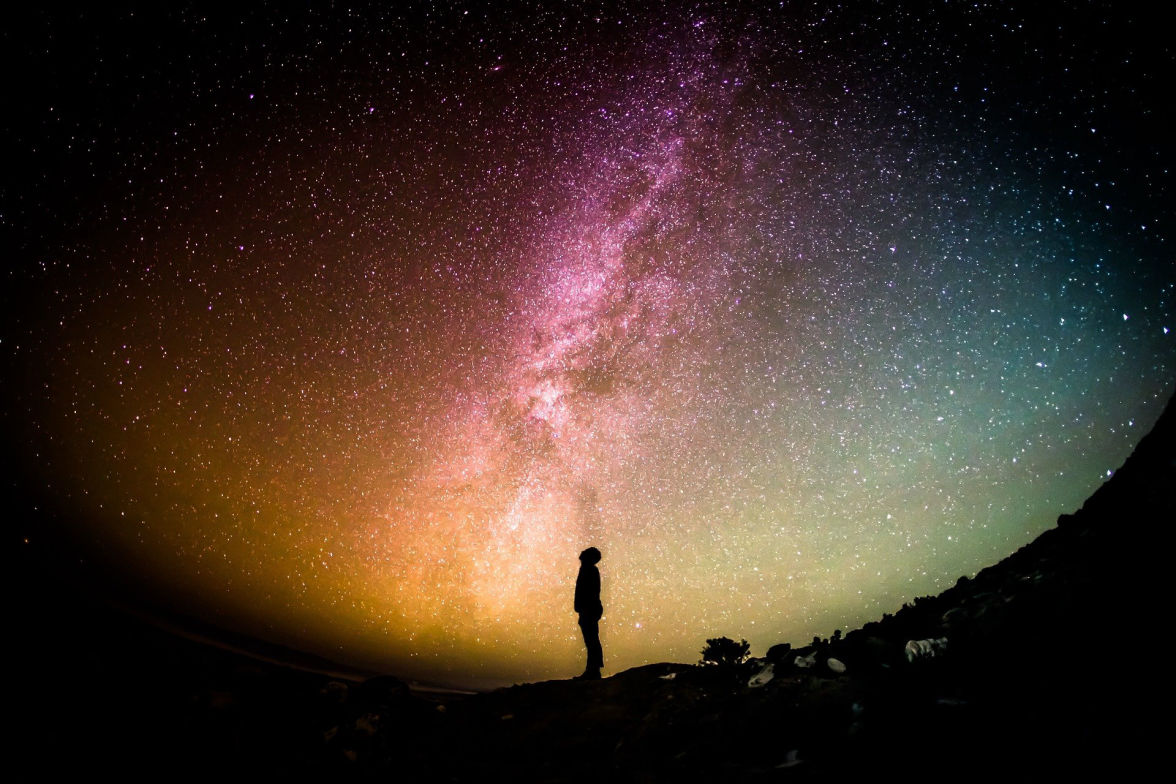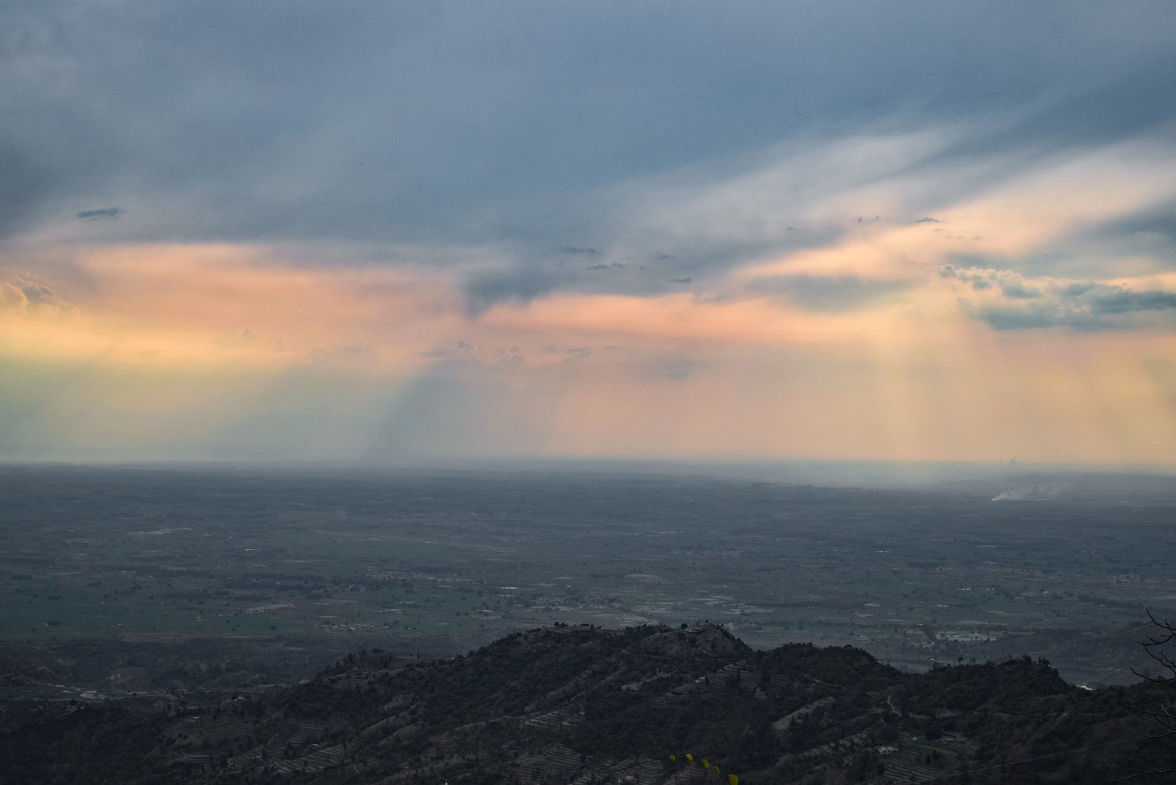For thousands and thousands of years, the night skies have been our key to unlocking the secrets of the universe. Come dusk, and one by one the stars begin to make their appearance as they walk across the sky slowly, moving until once again the sun warmly shines over everyone. So many stars, all holding grand secrets to our origins and the big questions of humanity. Whether we are indeed alone in this universe or part of many worlds.
Sadly, light pollution is a real threat to this magic in the 21st century, especially near cities. We are blessed to have our resort in Himachal Pradesh in a location where almost no light can reach us from any of the major towns of Himachal, and therefore are treated to stunning celestial vistas when the weather is in our favour. So if you’ve ever wanted to start with stargazing, let the high altitude and the pristine conditions of the Himalayas be the first location to fall in love with the art! Here’s a guide to stargazing when staying at our resort in Himachal Pradesh.
What Can You See?
Stargazing is a part of amateur astronomy, a field that involves some astrophysics and other concepts of science. Since this tends to be the more observational part of the field, anyone can get into it as long as you know a few basic concepts. With that in mind, what CAN you see in the sky?
Using your eyes alone, the myriad of stars is an obvious answer. But if you train your eyes to look beyond, you can start seeing some of the brighter nebulae. There are some stars that do not twinkle and slowly move through the sky every year. These are not stars, but our very own planets! And depending on how dark it is, you can even see a galaxy close to us, the Andromeda Galaxy. During the right time of the year, you can also see a large bright band across the sky. Known as Akashaganga in Hindi this is simply an arm of our very own Milky Way galaxy. Summers and winters at our resort in Himachal Pradesh are the right time to spot this arm.
With a telescope or binoculars, you can also see the following objects:
1. Planets: Venus, Mars, Jupiter and Saturn are all planets that are easily visible to the naked eye although you do need optics to resolve the finer details. A telescope will for instance easily reveal the rings of Saturn or the moons of Jupiter and the polar caps on Mars.
2. Star Clusters: These groups of stars are stars that share an origin and are usually bound together by gravity. Some star clusters can be seen almost like a globe and are known as globular clusters, while there are yet others that are spread out a little and called open clusters.
3. Nebulae: The gaseous complexes where stars are born are known as nebulae, with one nebula being a singular such region. The Orion Nebula is one of the most popular nebulae of the night sky given that it is very easy to find and can in fact be seen with the naked eye. The Eagle Nebula and Horsehead Nebula are other popular nebulae although these require extreme astronomy equipment to view.
4. Double Stars: A unique object in the sky, double stars are stars that appear as pairs. While some are just an optical illusion thanks to parallax, there are a few star systems that are bound by gravity! These are known as binary stars.


